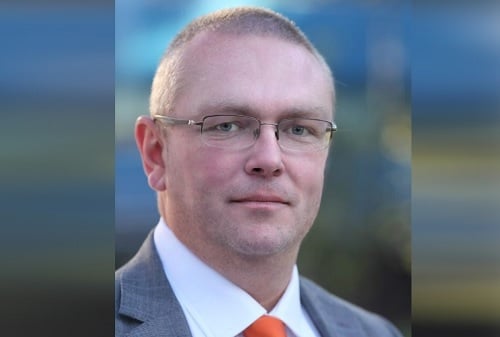

In between falling foul of the courts, losing successive votes in Parliament and getting angry a lot, the Prime Minister recently found time to muse on the challenges of UK businesses selling stuff in the United States of America. One of the examples he chose was insurance. “To sell insurance in the UK you need to speak to two regulators,” he said. “To sell insurance in the US you need to talk to 50.”
Now while changing this fact would almost certainly fall foul of the 10th Amendment, that reserves power to the States, it is nice to know he is thinking of us.
But it got me thinking about our trade with our biggest single marketplace and where there may be scope for change for the better. Trade with the Americas has driven the demand for insurance since the beginnings of our market’s history. While it is traditional at this point to hark on about the 1906 San Francisco earthquake, we have paid some other claims in the subsequent 113 years. London insurance helped pick up the pieces after 9/11. We were there to put people’s lives back together after Katrina and Wilma and Sandy. We will be first on the scene when catastrophe strikes again.
London’s penetration of the US insurance markets is masterminded by the distribution networks managed by LIIBA members. These have, in the past, been relatively long often including a local retail broker, a US wholesaler, possibly a coverholder and then the London wholesaler. But that sort of elongated chain is pretty much a thing of the past.
Modern communication and, in particular creative use of the MGA model, and significant investment in high quality technology has streamlined the US customer’s route to market. Brokers who add value through specialist expertise and market knowledge remain on hand to provide service. Others have been digitised away. US customers ride a digital superhighway from their State to the London broker. Only once they arrive in London does the process become more of a farm track.
All this happens based on the trade position we have with the US today. No formal macro level agreement is in place. When soliciting business, London brokers need to be suitably licenced in the State in which they operate. Otherwise they do their work behind the producing broker that owns the relationship with the client. And business flows. So, it is hard despite the Prime Minister’s kind offer to see what significant change a Free Trade Agreement could deliver.
The opportunity to grow business in the US is by widening the farm track to be at least a dual carriageway and eventually linking it up fully with the digital superhighway our members have built out from the States. And that brings us to the Future at Lloyd’s whose “Blueprint 1” was launched on September 30. It remains a programme that draws broad support for its intent and general direction.
But what is now important is that the workstreams focus on where they can make a difference, and do not get side-tracked into trying to address problems that have already been solved. The digital route to the US client has been built. But the London end needs to be brought up to the same level. Let us develop the 21st century accounting process this 21st century marketplace deserves. Let us build out our claims capability to pay simple claims automatically and streamline the workflow of complex claims. Let us open up Lloyd’s to ILS capital so it can write the larger reinsurance lines that can attract lost business back.
John Neal’s ambitious vision covers the right ground. But the next phase takes us from strategic direction to detailed plan. That will require concentrating on the problems that are holding us back as a market and working together to deliver the right solutions at the right points in the process. The superhighway needs completing and doing that will ensure that London insurance remains the bedrock of US economic activity that it has been for three centuries and more.
